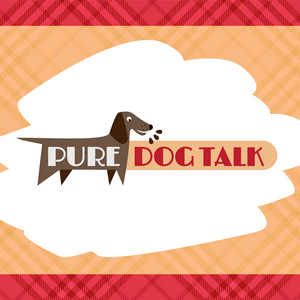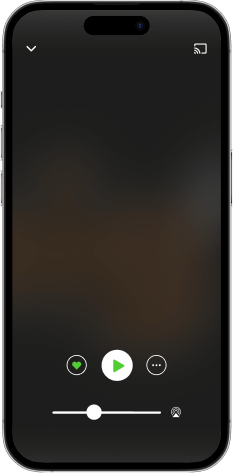699 – Jake Bartells on NAVHDA, Epagneul Breton and Dog Clubs
Jake Bartells on NAVHDA, Epagneul Breton and Dog Clubs
Host Laura Reeves is joined by Jake Bartells, a member of the North American Versatile Hunting Dog Association (NAVHDA) and breeder of Epagneul Breton. Their wide-ranging conversation about the inherent challenges of dog clubs is applicable to any club, of any type, anywhere.
About NAVHDA
“NAVHDA is an organization of about 10,000 members,” Bartells said. “It's mainly a testing organization that gathers data in a registry and that's where it houses the data is through the registry. All of the tests are done per a standard. So you're judged against the standard and each dog tested and each member has both a handler record and then the testing record for the dog. That data in an ideal world is used by breeders to then continue and better the breeds that we recognize and it's super useful.”
About Dog Clubs
“(It’s important) to have a complete transparent communication with (the membership). I think they deserve to know exactly where the organization's at at all times and not have to ask for it, have it be provided and put out there. I wanna see financial strength in the organization, having money gives you resources that allows you to do more, and then just absolutely upholding our mission, mission first by all stretch. I think that's done through building teams of great people. Nobody has to do the job alone. For a living, I project manage and I can't build a house or build a casino or build anything else without teams and upon teams of great talented people. And with 10,000 members, we have an unbelievable amount of very talented people in very specific fields and most of which are willing to do it for the organization.
About Epagneul Breton vs Brittany
“It's one of those things where on paper, it doesn't look that different. When you bring two dogs out, it doesn't take a trained eye to start picking them out at a separate dogs very quickly and especially in the way they run. You know, the French say that they should run like a pig. They should have a shorter, choppier stride that comes from being, "cobby.” They’re as tall at the withers as they are long. And so they should move in that manner that's a bit different.
“We can have orange and white, liver and white, liver, tri-color, and then orange tri-color, and black and white. The easy distinction is they're gonna have black nose, black lips, black eyelids, and they can have black on their heads, black toenails. So even the orange and whites are going to have black nose, black eyelids. It's never going to look like the pink nose of an American Brittany.”


